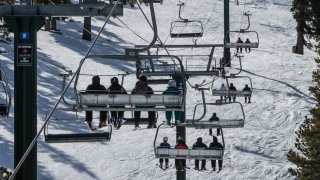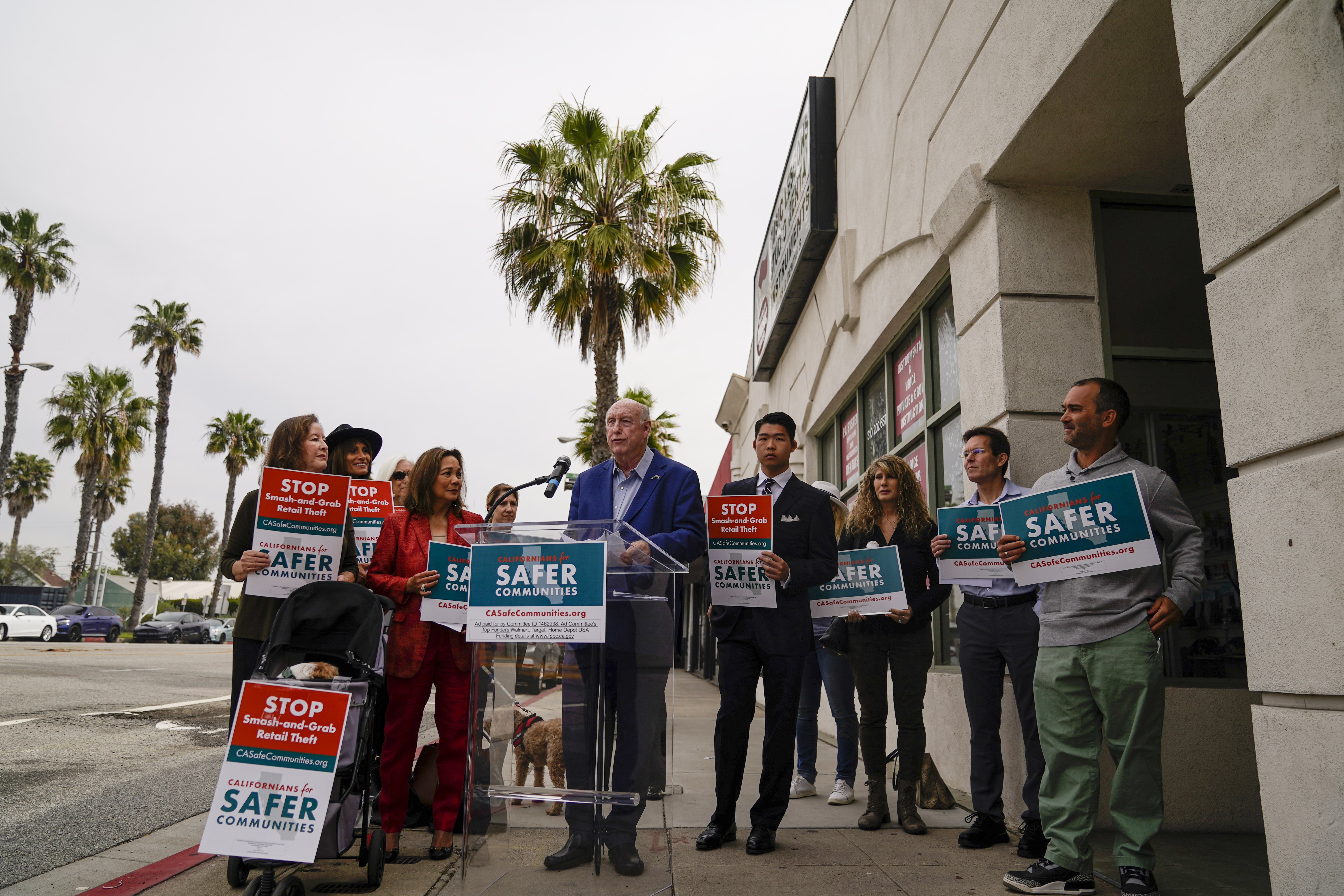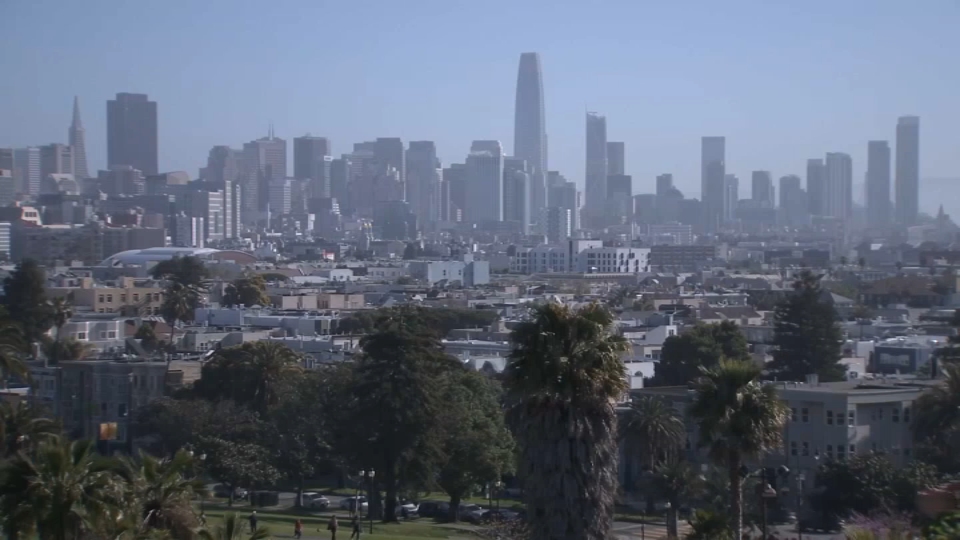
Skiing and snowboarding won’t be much different than usual on the slopes when Lake Tahoe ski resorts begin reopening next month. But a variety of changes are planned indoors because of COVID-19.
Capacity limits will be in place, and some resorts are adopting reservation systems. But masks and social-distancing requirements won't faze most outdoor enthusiasts.
“The beauty of the ski industry is social distancing is already there. The chair lift is moving, you have airflow,” Mt. Rose Ski Tahoe Marketing Specialist Travis Bennett told the Reno Gazette Journal.
“Once you’re on the hill, you can spread out. And you’re already wearing goggles, masks, face coverings and gloves as part of normal attire. In that regard, it is business as usual,” he said.
Caroline Guenther is among those who can’t wait.
The San Francisco resident who skis at Tahoe resorts remembers winter storms finally starting dropping snow in the Tahoe basin in early March after an extremely dry February. Then the pandemic hit, and the resorts suddenly closed.
"We were all shocked. It happened so quickly. We were just kind of starting to hear about corona. I think the week before, they had stopped flights from Europe, but it didn’t really seem like it was here yet,” Guenther said.
California
“In hindsight, caring about the skiing seems not that important to saving people lives. But in the moment, it was very shocking in the middle of a big powder weekend,” she said.
All of of the Tahoe-area resorts plan to reopen on both sides of the California-Nevada line in the next two months. Several, including Mount Rose on the edge of Reno, haven’t announced an opening date yet.
The first scheduled to open are Heavenly and Northstar on Nov. 20, followed by Boreal, Nov. 23; Squaw Valley/Alpine Meadows, Nov. 25; and Sugar Bowl Nov. 27. Others include: Kirkwood, Dec. 4; Diamond Peak, Dec. 10; and Homewood, Dec. 11.
“People should expect things to be different,” Diamond Peak Marketing Manager Paul Raymore said. “The indoor experience at the resort will probably look very different based on capacity restrictions.”
Diamond Peak will implement a reservation system for tables in the lodge. The number of people who enter restaurants and lodges at Heavenly, Kirkwood and Northstar will be monitored. At Sugar Bowl and Boreal, indoor use will be limited to restrooms or using a warming zone for 15 to 20 minutes.
Some resorts won’t allow non-skiing friends and family members to lounge in their lodges.
“But all that being said, we hope the skiing and riding experience are what people expect,” Raymore said. “Once they’re on the slopes, there’s more than enough room to spread out and have your traditional ski and snowboard experience. We hope that will be a nice break from real life and what this pandemic has done.”
To limit the number of users on the mountain, some resorts, such as Heavenly, Northstar and Kirkwood — all owned by Vail Resorts — have implemented a reservation system to manage the number of visitors skiing and riding each day.
Guenther isn't a fan of reservations.
“Skiing is not like golf where you should have a tee time — that kind of defeats the purpose of the sport and waking up and getting first chair on a powder day,” she said.
But she supports resorts doing the best they can to safely open.
“I think everyone wants them to open, but everyone also doesn’t want to get COVID. We want them to open so we can ski safely,” Guenther said. “No one wants to see an influx of cases. No one wants to see the ski season affected.”
For most people, the new coronavirus causes mild or moderate symptoms, such as fever and cough that clear up in two to three weeks. For some — especially older adults and people with existing health problems — it can cause more severe illness, including pneumonia, and death.



